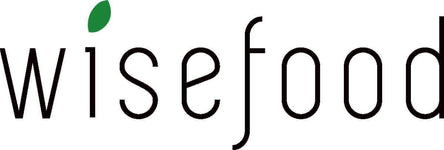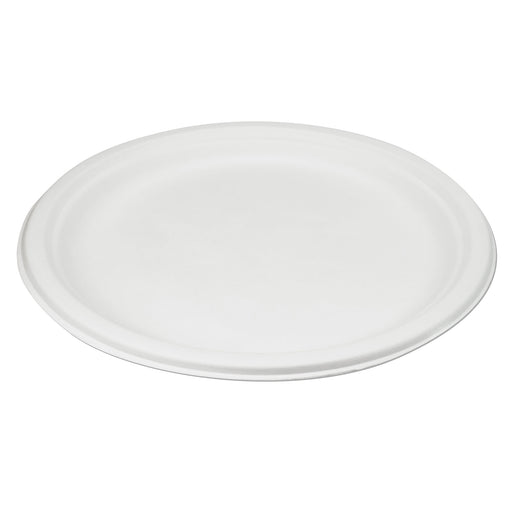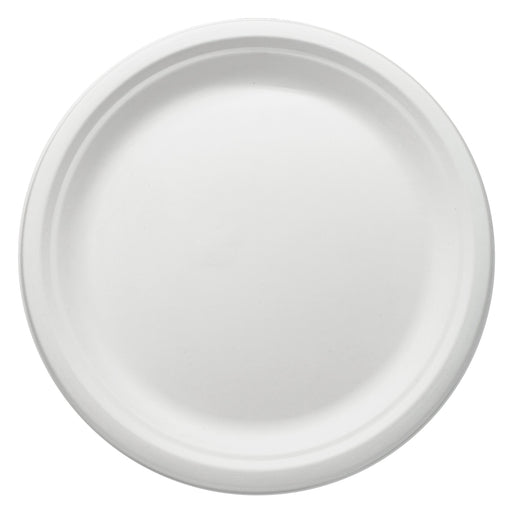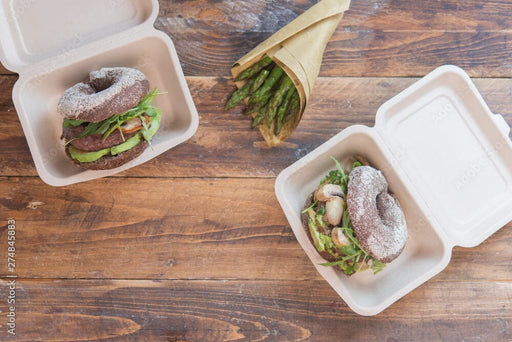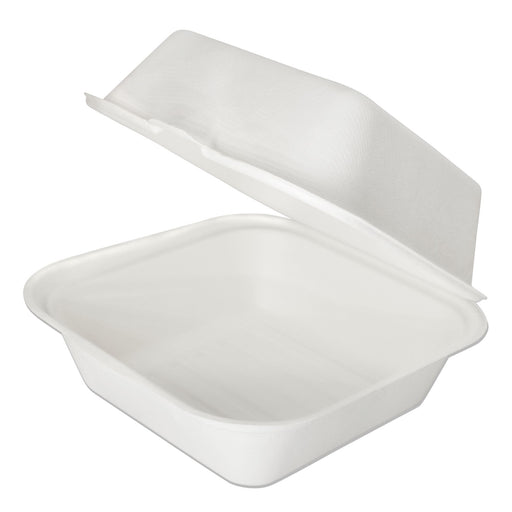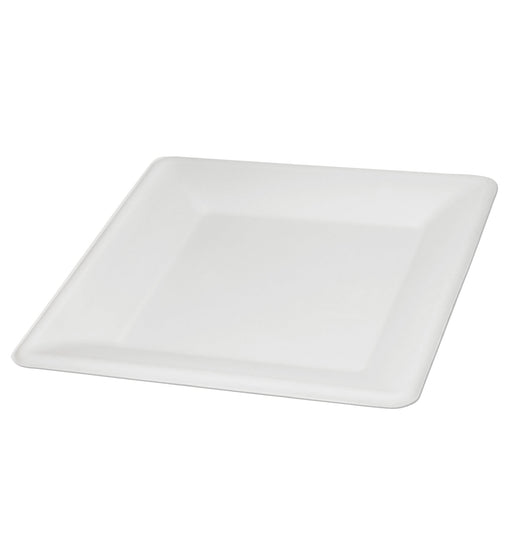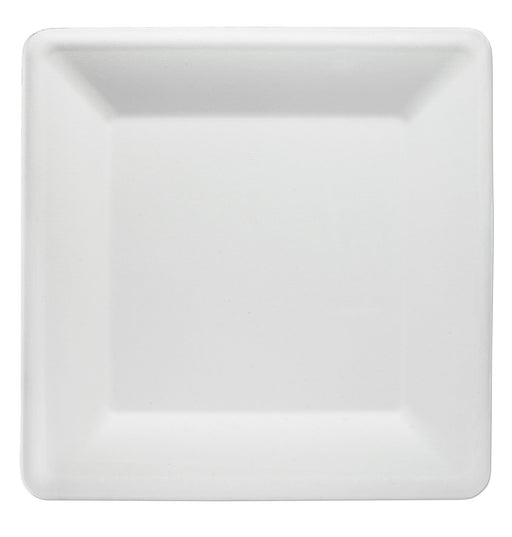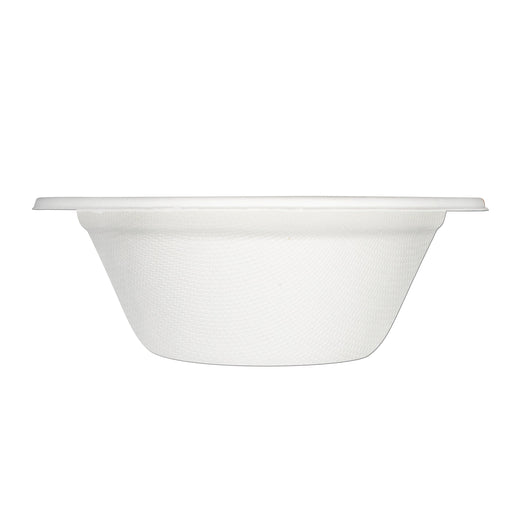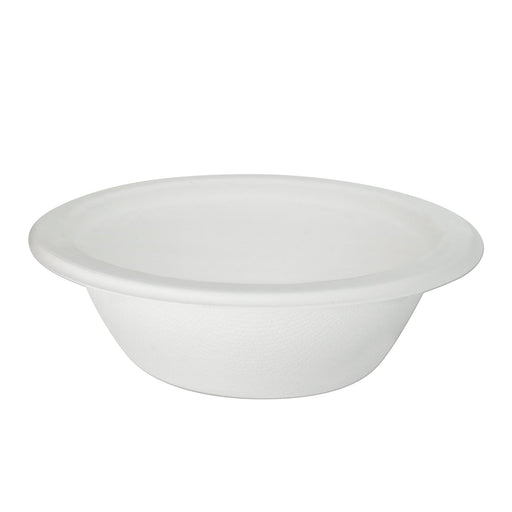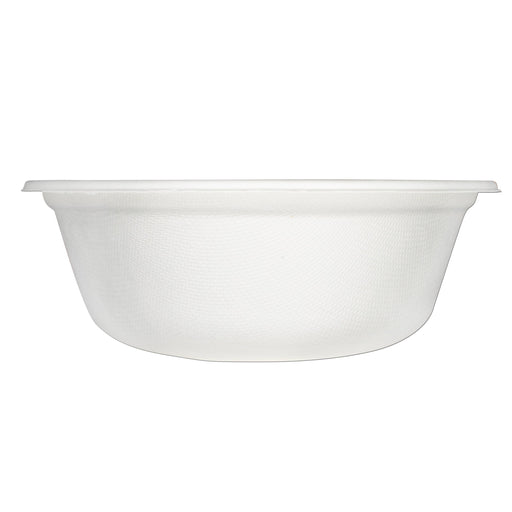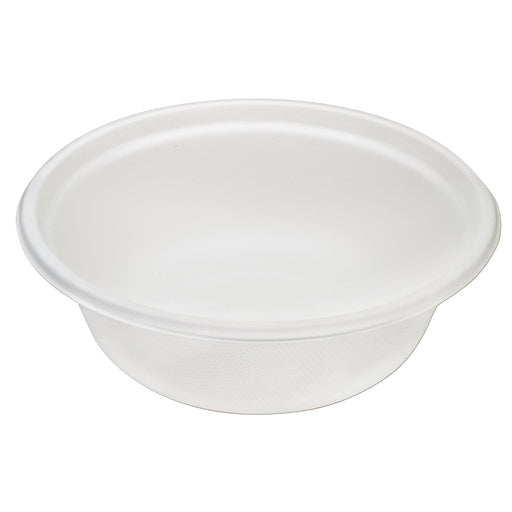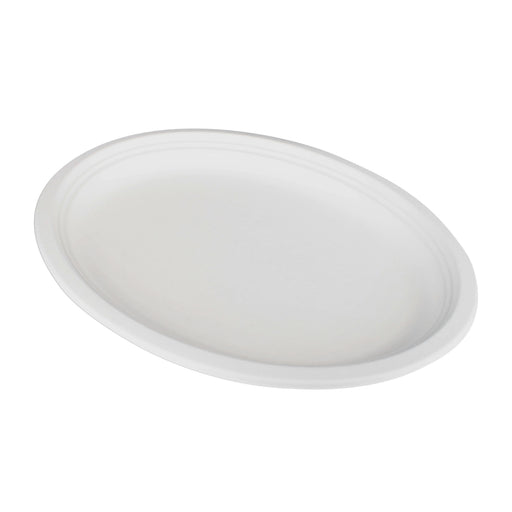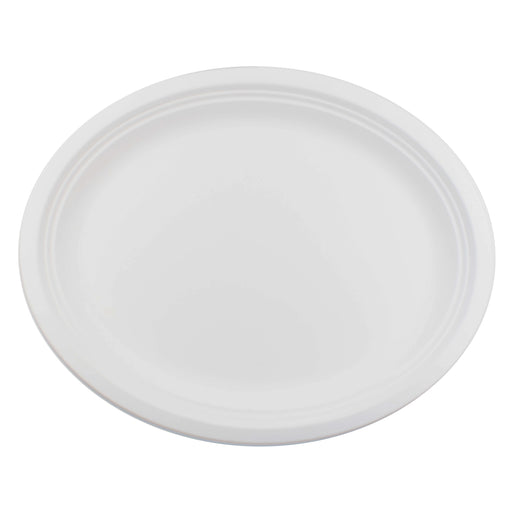Support:
+49 (0) 89 24418362

Dispose of bagasse disposable tableware in an environmentally friendly manner
What is bagasse?
Bagasse is a waste or by-product of harvesting sugar cane. The sugar cane sticks, which are up to six meters high, are chopped up after the harvest. Then the sweet juice contained in it is squeezed out mechanically and further processed into sugar. Bagasse is a by-product: “the pomace” so to speak from sugar production. This natural raw material is ideal as fuel. 30% of the biomass produced is therefore used to cover the energy requirements for sugar production.What is bagasse made of?
Crushed sugar cane consists of about 20% lignin. These are woody fibers that give a bagasse plate or environmentally friendly packaging the necessary stability. 40 to 60% of the organic raw material consists of cellulose and 20 to 30% of so-called "hemi-cellulose". All 100% natural fibers from rapidly renewable raw materials: This is why bagasse is also suitable as animal feed if the indigestible lignin fibers are removed. WISEFOOD uses this resource-saving raw material to produce high-quality biological disposable tableware that can be disposed of without harming the environment and is therefore a great alternative to plastic tableware.How sustainable is bagasse?
As a resource-saving by-product from sugar production, the raw material for the production of our bagasse plates and bowls does not require its own cultivation area. Sugar cane is cultivated anyway in order to cover the high demand for sugar in Europe and the USA, among other things. During sugar production, some of the waste products are used to provide the necessary thermal energy. We use the by-products of verified plantations to create purely practical, beautifully designed and sustainable sugar cane bowls and plates.The bagasse that has been chopped up into a pulp requires nothing else but a little cornstarch in order to be processed into cold- and heat-resistant organic packaging and high-quality disposable tableware. It is also important to us that the production facilities not only work in an environmentally friendly manner, but also that their employees are paid and treated fairly. No harmful substances are released during production because the components used are purely natural. The disposal of sugar cane products is also environmentally neutral. As a customer, you also make a contribution to protecting the environment and promoting fair working conditions.
Bagasse Packing Benefits
Here you can see the advantages of packaging and tableware made of sugar cane at a glance:- heat resistant
- dimensionally stable
- water resistant
- fat resistant
- cold resistant
- tasteless
- shapely
- stackable
- lightweight
- environmentally neutral
- resource-saving
Sugar cane burger box - 15 x 15 x 8 cm bagasse
✅ Sustainable disposable sugar cane burger box🍴 Suitable for cold and warm dishes
📦 With hinged lid
🌱 Pure natural product, biodegradable and compostable
Sugarcane Disposable Tableware FAQs
Would you like to learn how to properly dispose of bagasse bowls or bagasse plates? Then take a look at our FAQ here:
Is bagasse packaging compostable?
Yes. Since the products are made from sugar cane, they can be disposed of in the organic waste bin in a sustainable and environmentally friendly manner.
If you have a garden, you can also compost the products yourself. Within 8 weeks, the bagasse tableware produces humus, which you can use as a basis for new plants.
Are tableware made from bagasse recyclable?
Bioplastic can only be recycled if it has a similar chemical composition to petroleum-based plastic, i.e. PLA or CPLA. PLA is made from renewable and natural raw materials such as corn starch, while CPLA is made from natural lactic acid, corn or sugar cane starch. Like bagasse, both components are 100% compostable. The products from Wieseware are not coated at all and can therefore be disposed of easily and without hesitation in the organic waste.
Is disposable sugarcane tableware more environmentally friendly than disposable plastic tableware?
Plastic disposable tableware is a petroleum product. Fossil resources are required for its production and various questionable chemicals are used. Plastics break down over time into microplastics that pollute our entire planet. Bagasse disposable tableware is made from a by-product of sugar production. No agricultural land is therefore required for the production of the raw material. In addition, the plant itself generates the energy needed for its processing by burning the by-products. Burning waste products from sugar production does not produce more CO2 than was stored in the original plant.
In addition, the production of our environmentally friendly disposable tableware is purely mechanical, without the use of environmentally harmful chemicals. In addition, the production of our organic disposable tableware creates fairly paid jobs in developing countries. And during transport, the plates, bowls and packaging can be stacked perfectly and therefore take up hardly any storage and transport space. What's more, they are extremely light-weight, meaning that enormous quantities of end products can be transported in a single load. So sugarcane products are definitely more environmentally friendly than disposable fossil-based plastic products.
Sources
https://www.umsicht.fraunhofer.de/en/positions-discourse/recycling-biokunststoffe.html#:~:text=Facts%20and%20Recommendations%20on%20recycling%20%20%20bioplastics%201.4%20Pfandl%C3 %Solutions%20like%20z.%20...%20Other%20articles...%20
https://www.umweltbundesamt.de/biobasis-biologische-degradable-plastics#12-what-do-biobased-and-biologically-degradable-plastics-consist
http://www.biokunststoffe.de/index.php?option=com_content&view=article&id=51&Itemid=47&lang=de
https://www.umweltbundesamt.de/sites/default/files/medien/publikation/long/3834.pdf
https://www.kunststoffe.de/a/Basisnartikel/polylactid-pla-264462
https://www.kompost.de/fileadmin/user_upload/Files/HUK-Files/7_2016/Entsorgung_v_on_Producten_aus_Bioabfaellen_HUK_07_2016.pdf
https://www.pack-verde.com/blog/de/materialkunde/materialkunde-bagasse/
-
Bagasse plate - square 26 cm
Original price €9,99Original pricefrom €9,99€8,39€9,99Current price €9,9950 item | €0,20 / itemOur disposable tableware is made from sugar cane fibers. These are mixed with water to a pulp and dried in molds, resulting in practical disposable...
View full details -
Bagasse bowl - 350ml (round, white)
Original price €6,99Original pricefrom €6,99€5,87€6,99Current price €6,9950 item | €0,14 / itemThanks to the innovative production from sugar cane fibers, the bagasse soup bowls are plastic and pollutant-free. The bagasse bowls are more stabl...
View full details -
Bagasse plate - 26 cm (round, white)
Original price €10,31Original pricefrom €10,31€8,66€10,31Current price €10,31200 item | €0,19 / itemOur disposable tableware is made from sugar cane fibers. These are mixed with water to a pulp and dried in molds, resulting in practical disposable...
View full details -
Bagasse bowl - around 500ml
Original price €9,99Original pricefrom €9,99€8,39€9,99Current price €9,9950 item | €0,20 / itemThanks to the innovative production from sugar cane fibers, the bagasse soup bowls are free of plastic and pollutants. The bagasse bowls are more s...
View full details -
Bagasse plate - 26 cm (oval , white)
Original price €7,45Original pricefrom €7,45€6,26€7,45Current price €7,45200 item | €0,13 / itemOur disposable tableware is made from sugar cane fibers. These are mixed with water to a pulp and dried in molds, resulting in practical disposable...
View full details
